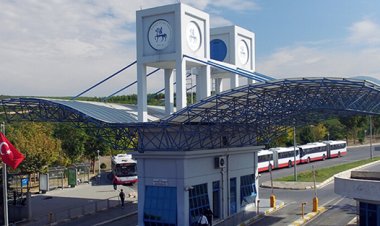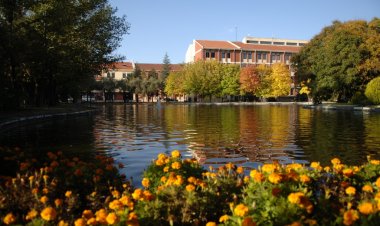Combination of searches for invisible decays of the Higgs boson using 139 fb-1 of proton-proton collision data at & RADIC;s=13 TeV collected with the ATLAS experiment
Combination of searches for invisible decays of the Higgs boson using 139 fb-1 of proton-proton collision data at & RADIC;s=13 TeV collected with the ATLAS experiment

Combination of searches for invisible decays of the Higgs boson using 139 fb-1 of proton-proton collision data at & RADIC;s=13 TeV collected with the ATLAS experiment Çetin, Serkant Ali Many extensions of the Standard Model predict the production of dark matter particles at the LHC. Sufficiently light dark matter particles may be produced in decays of the Higgs boson that would appear invisible to the detector.
This Letter presents a statistical combination of searches for H & RARR; invisible decays where multiple production modes of the Standard Model Higgs boson are considered. These searches are performed with the ATLAS detector using 139 fb-1 of proton-proton collisions at a centre-of-mass energy of & RADIC;s = 13 TeV at the LHC. In combination with the results at & RADIC;s = 7 TeV and 8 TeV, an upper limit on the H & RARR; invisible branching ratio of 0.107 (0.077) at the 95% confidence level is observed (expected).
These results are also interpreted in the context of models where the 125 GeV Higgs boson acts as a portal to dark matter, and limits are set on the scattering cross-section of weakly interacting massive particles and nucleons. & COPY; 2023 The Author(s). Published by Elsevier B.V. This is an open access article under the CC BY license (http://creativecommons .org /licenses /by /4 .0/). Funded by SCOAP3.

 Bilgi
Bilgi 














